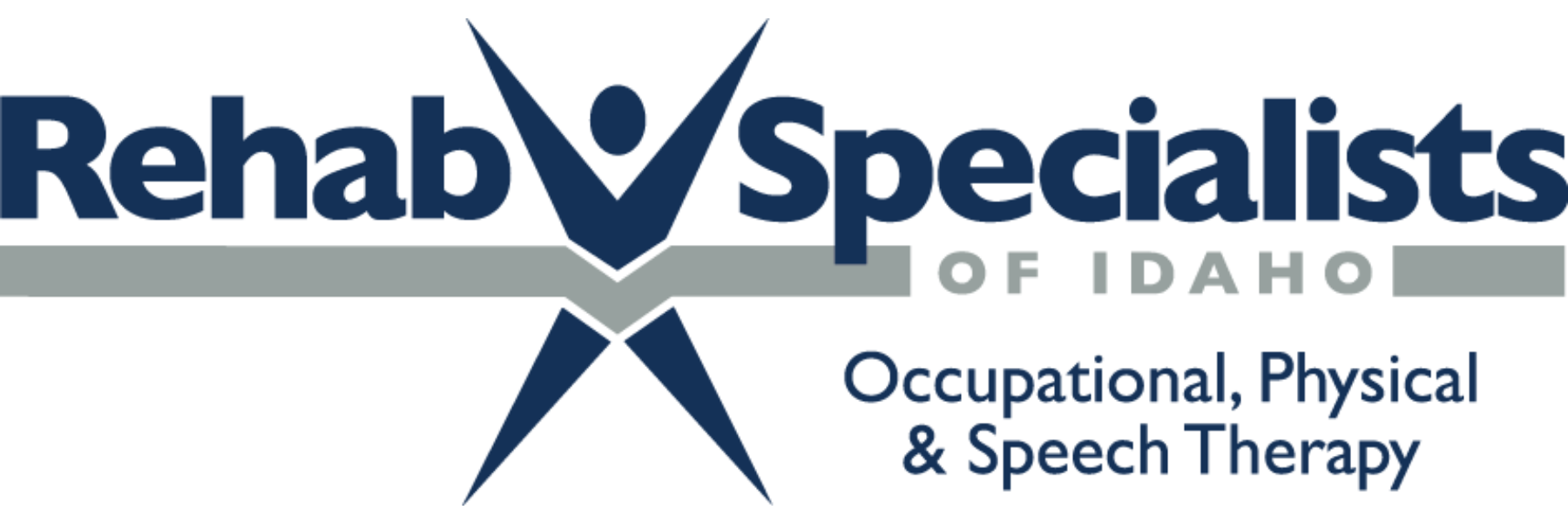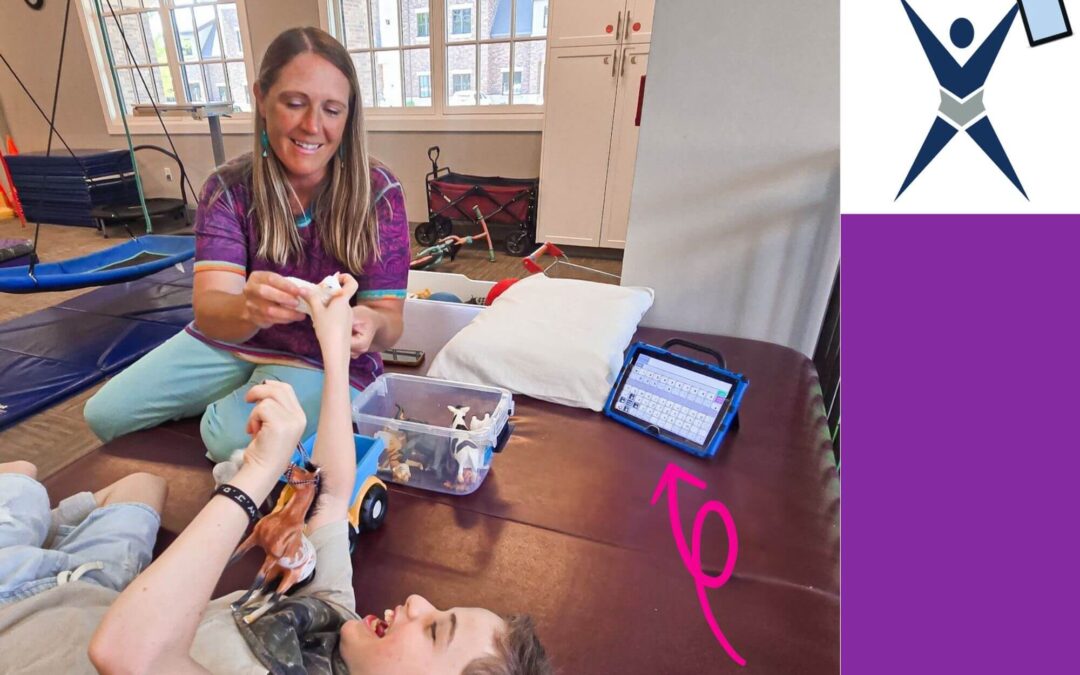An AAC device (Augmentative and Alternative Communication) gives children who have significant difficulty with speech or language a way to communicate and build communication skills. It might just look like a fancy tablet, but it’s actually a powerful new voice. An AAC device helps children share thoughts, make choices, and connect with those around them.
AAC devices are truly custom built for kids to communicate in the way that works best for them. That might look like:
- Pictures & Icons – Kids tap a symbol (like “drink” or “play”), and the device speaks the word out loud.
- Core Words – Everyday building-block words like “want,” “go,” “stop,” or “help” are always at their fingertips.
- Categories & Phrases – Pre-stored vocabulary makes it quick to say favorite foods, feelings, or common questions.
- Spelling & Keyboards – For older kids or strong spellers, they can type words and have them spoken aloud.
- Customization – Therapists and families add words that matter most to that child (siblings’ names, pets, favorite toys).
Here are some signs your child might benefit from AAC:
- They’re not talking yet (and you feel like the wait is stretching too long).
- They use only a few words and it’s hard for others to understand them.
- They get frustrated because they can’t communicate what they want.
- They rely on gestures (pointing, pulling you by the hand, crying instead of asking).
- They’ve lost words they used to say.
- Speech alone isn’t enough. Even kids who can talk sometimes need AAC as a support in busy or stressful environments.
AAC isn’t just for kids who will never talk. In fact, many children use AAC as a bridge, a way to reduce frustration and communicate while their speech develops during speech therapy!
Signs occupational therapy might be needed

